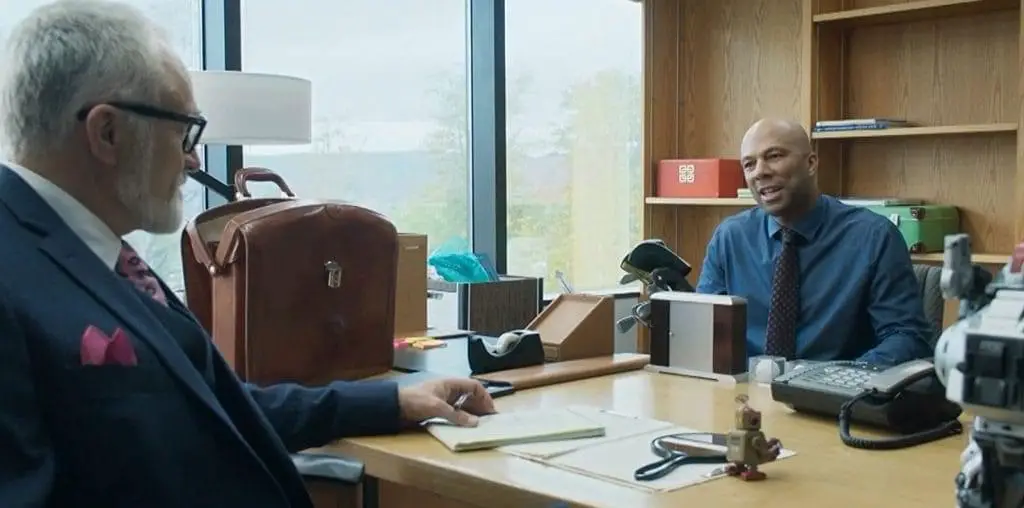
In uptown Tehran stands a one-of-a-kind rehabilitation center called the Omid e Mehr Center. Here girls from the outskirts of Iranian society can come to learn how to be more assertive and express themselves. The center offers a safe society for these girls to finally feel appreciated and loved. “The Glass House” follows four of these girls – Samira, Mitra, Sussan, and Nazila – as they outline the struggles they have had growing up female and underprivileged in Iran.
Watching a film about Iranian women, I was expecting there to be more of a focus on the oppression of women in this culture. Instead, “The Glass House” deals more with the effects of poverty on an already repressed society. Nazila, for example, lives in a household that struggles to make the rent. Her family has a bad reputation in their neighborhood and she has learned to live with endless criticism. The only way she has of combating these problems is through her music. Nazila is a burgeoning rap star, whose lyrics and voice are inspirational to those who support her. In Iran, however, it is illegal for a woman to record music. Nazila, therefore, must fight against how poverty has affected her life and secretly find ways to express herself through her music – the way the center has taught her.
The girls in this film are certainly struggling. Samira is a 14-year-old recovering drug addict whose mother fed her pills, Mitra is constantly insulted and berated by her father and brother, and Sussan can’t go home for fear of being raped and beaten by her brothers. Clearly many of the issues discussed in the film are a result of societal expectations and restrictions of women. However, the film doesn’t seem to focus on this issue. Instead, director Hamid Rahmanian creates a trusted outlet for these girls to express themselves.
One way the film distinguishes between characters is through music. Composer David Bergeaud used different instruments to describe each girl. Mitra, for example, who is a very loving, earthy kind of girl, was accompanied by earthy sounding instruments like recorders and flutes. Nazila, on the other hand, was accompanied by percussion. The soundtrack blends together, but with each storyline, the music uses distinct sounds to highlight their characteristics.
“The Glass House” will not screen in Iran. The girls are seen too often with their scarves off – not to mention the rapping that could get Nazila arrested. Made for an outside audience, the purpose of the film does not seem to be to point out how horrible a government Iran is. The message instead is one of hope. While these girls are struggling, they are also actively trying to improve their own situations, and with the help of the center this seems entirely possible.


